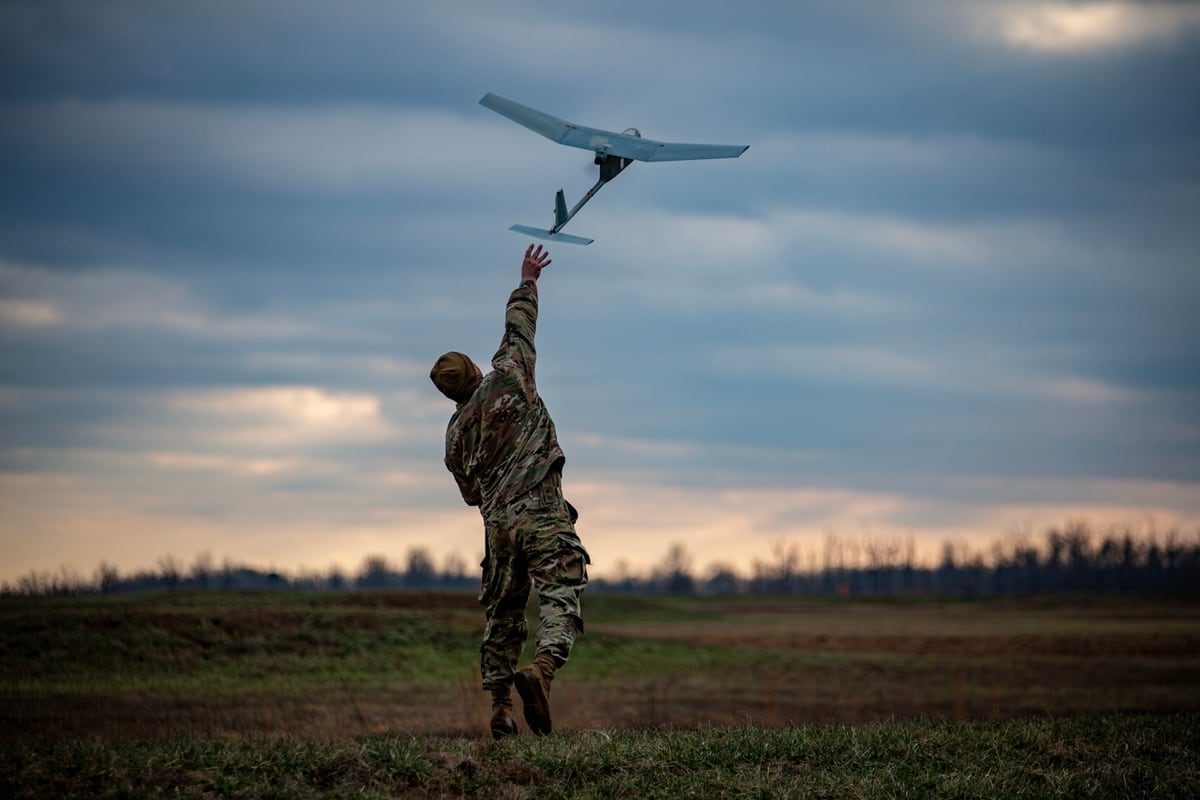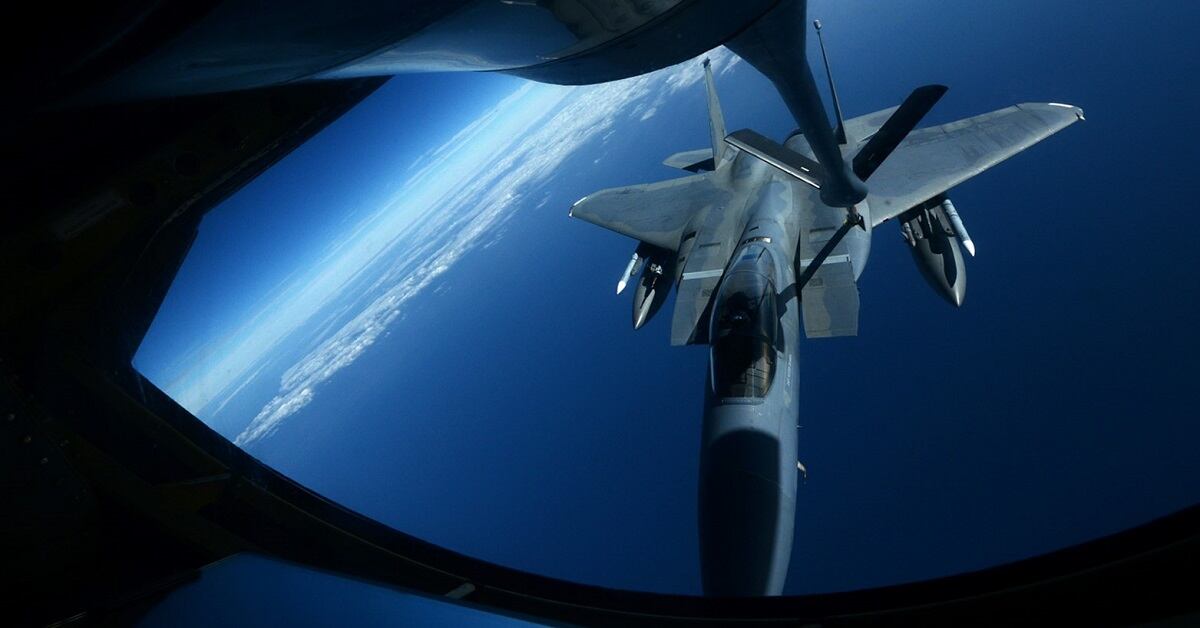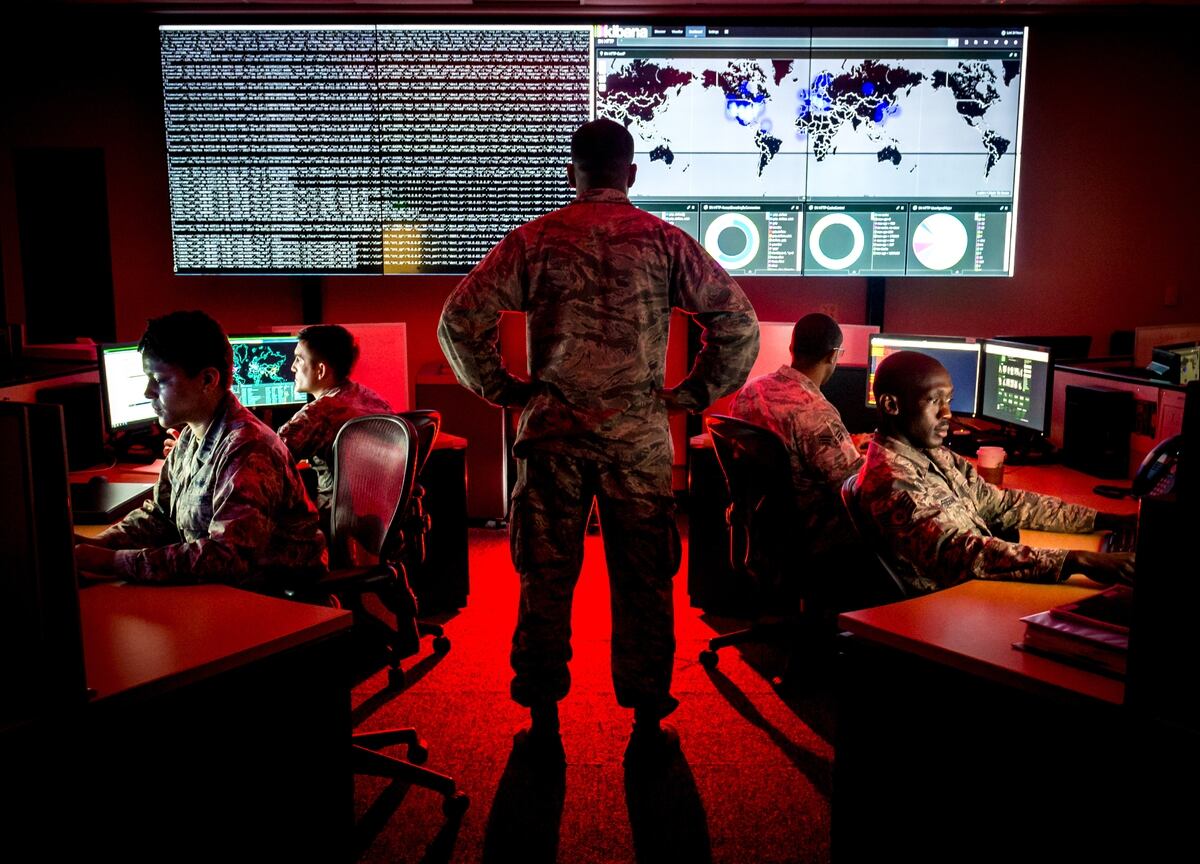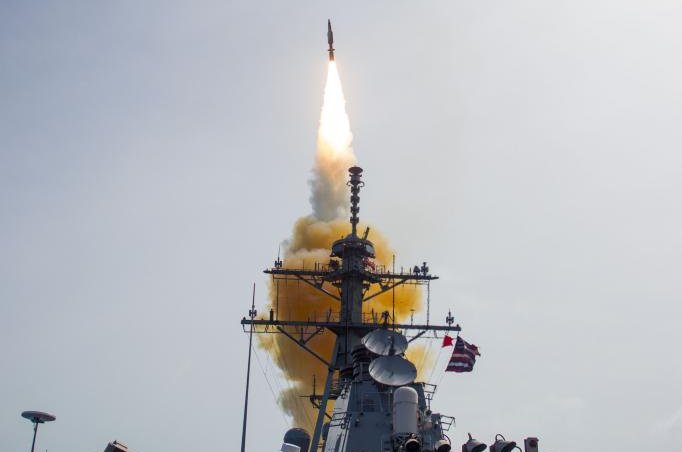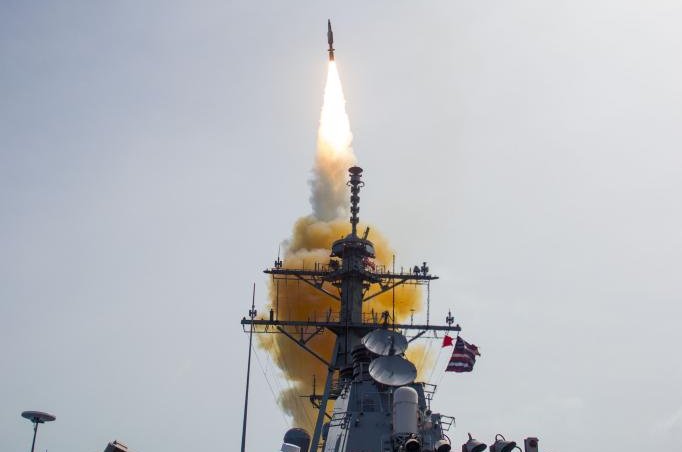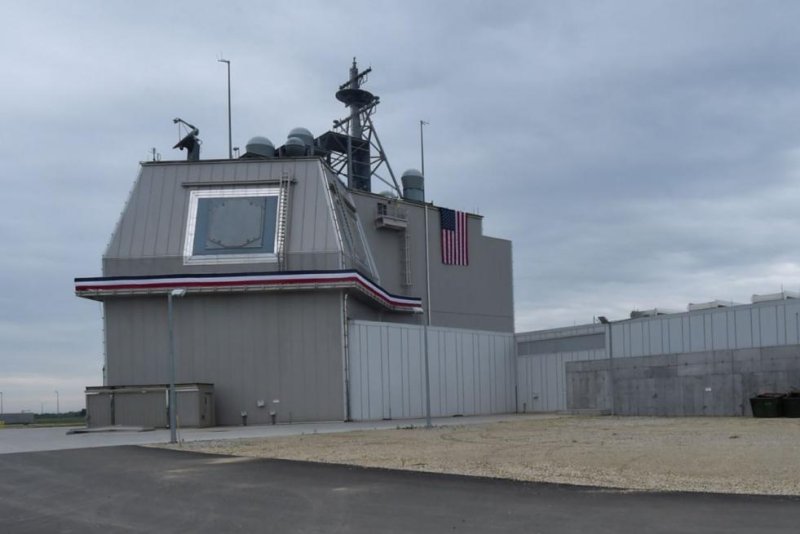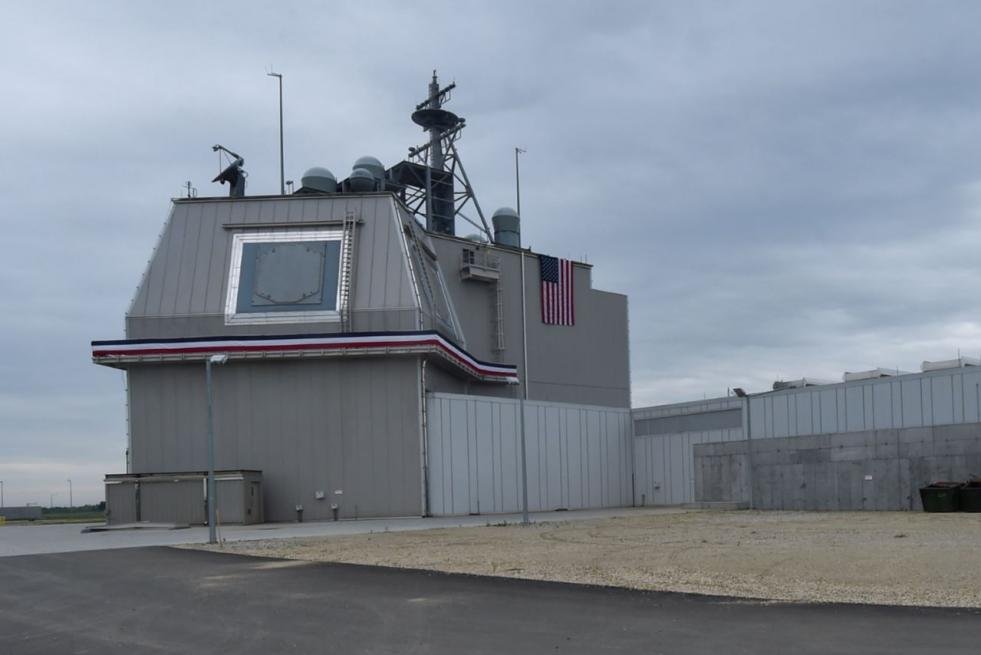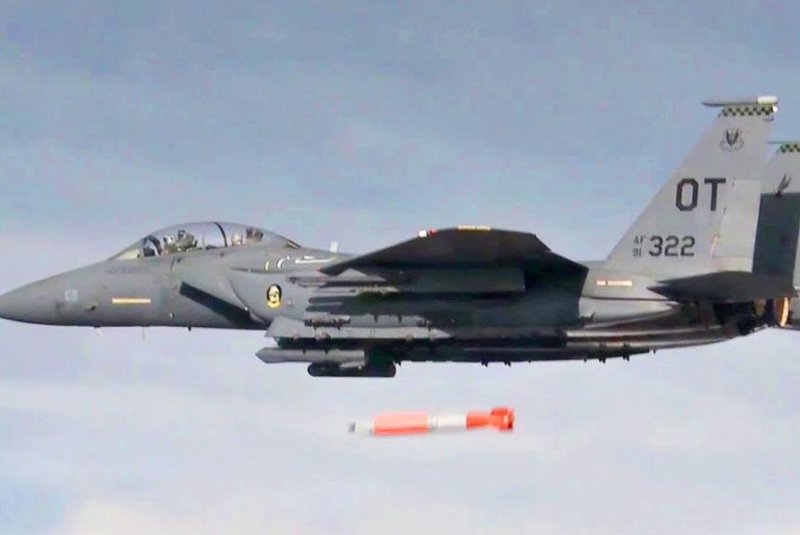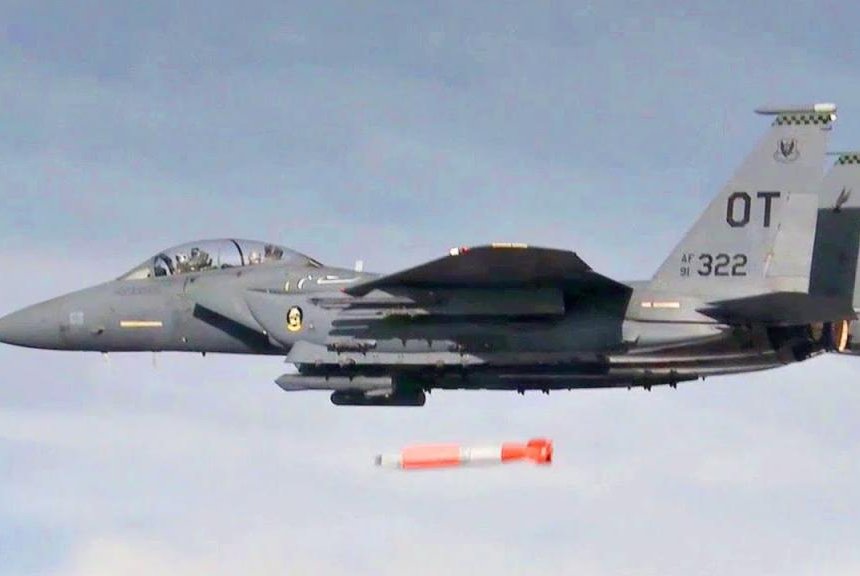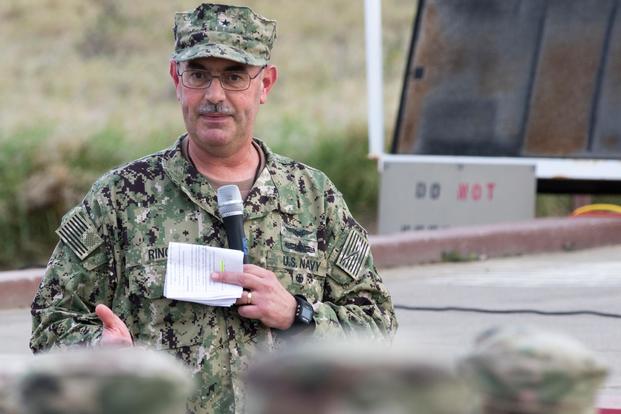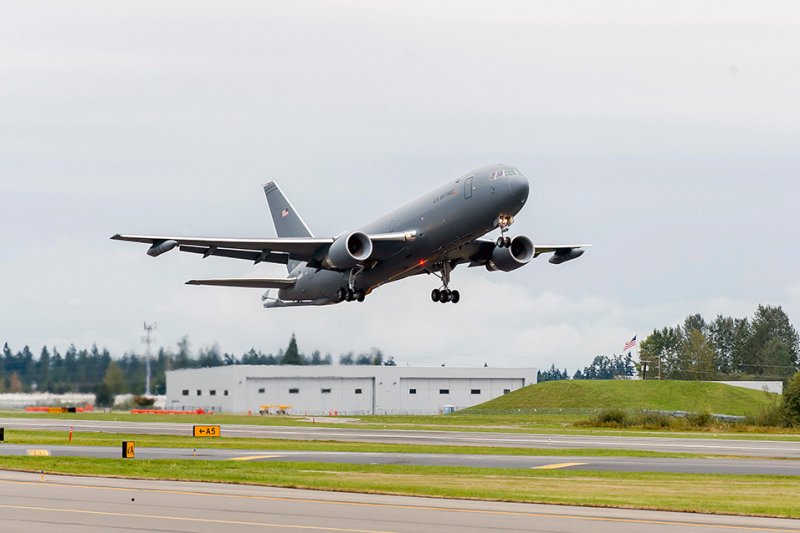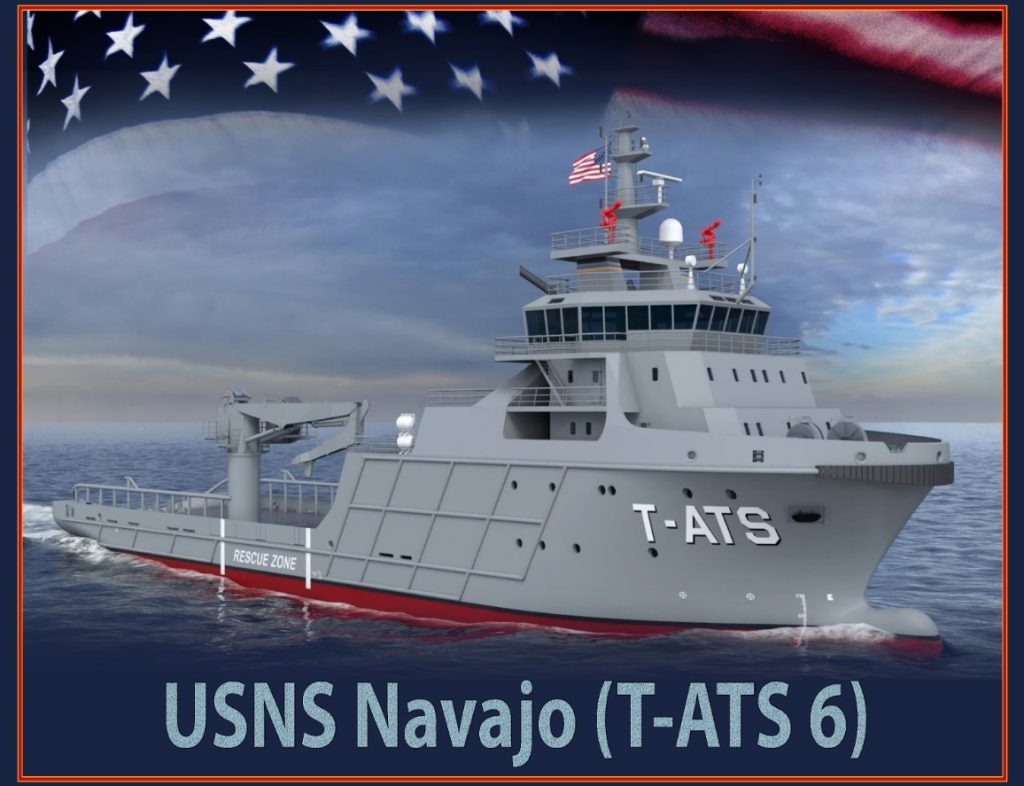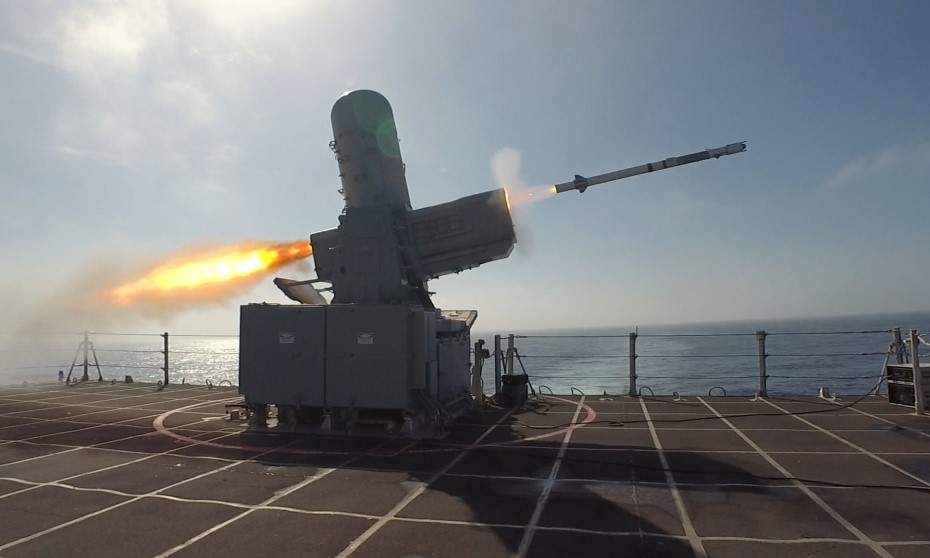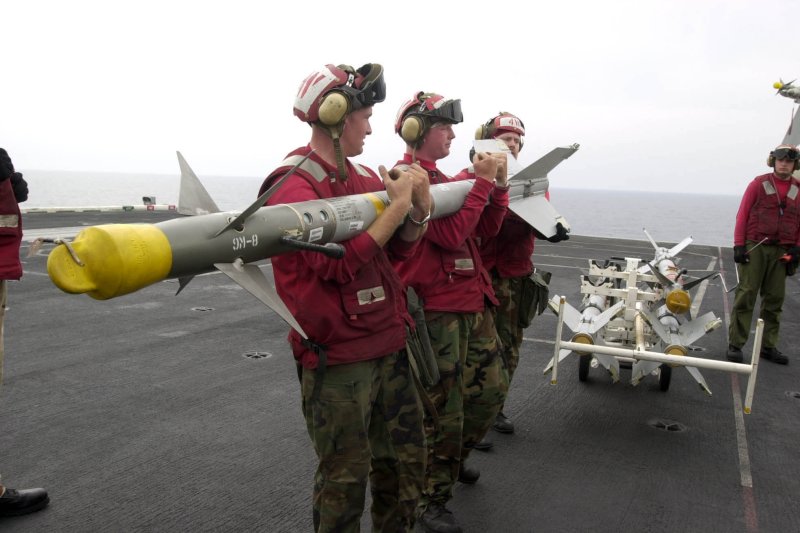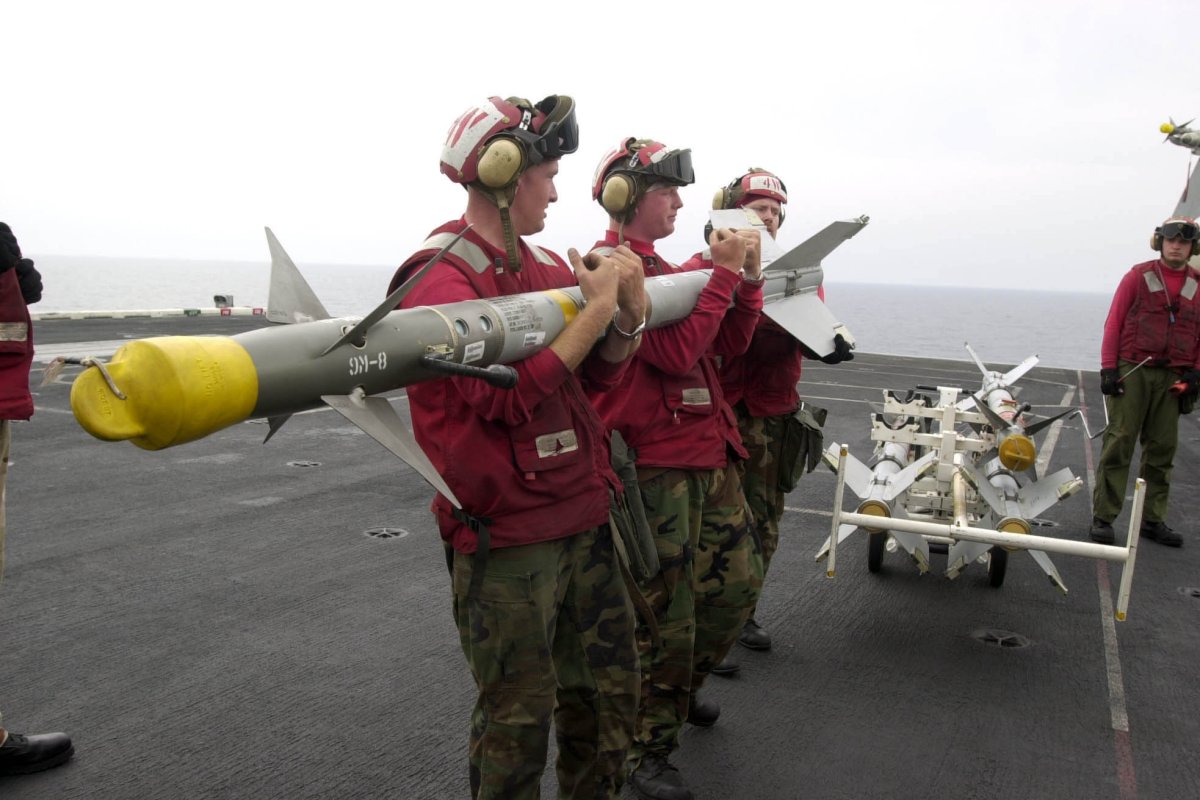US air strike kills 3 ISIS
by Reuters -
29th Apr 2019
A US air strike killed three fighters from the Islamic State in the Somalia’s semi-autonomous Puntland region, a U.S. military official said, two weeks after the group’s deputy leader was killed in another strike.
A witness said missiles struck two wells on the outskirts of Timirshe, south-east of Puntland commercial capital Bosaso.
The US military stepped up its campaign of air strikes in Somalia since President Donald Trump took office, saying it has killed more than 800 militants in two years.
“This air strike eliminated IS-Somalia members in a remote location in northern Somalia,” Major General Gregg Olson, US Africa Command (AFRICOM) director of operations, said in an emailed statement.
AFRICOM also claimed responsibility for the death of IS deputy Abdulhakim Dhuqub on April 14.
“We heard the crash of four missiles on the outskirts of Timirshe,” resident Ahmed Nur told Reuters.
He said the wells were used by militants from both ISIS and their more powerful Islamist rivals al Shabaab, an al Qaeda affiliate fighting Somalia’s UN-backed government.
Al Shabaab was pushed out of Mogadishu in 2011 but retains a strong presence in southern and central Somalia.
It frequently clashes with the much smaller IS force in the north thought to number less than 200 fighters.
A Puntland intelligence official said the air strike targeted both groups.
“There are casualties and we are investigating. In recent battles al Shabaab captured three bases from IS,” he told Reuters requesting anonymity.
https://www.defenceweb.co.za/security/national-security/us-air-strike-kills-is-three/
by Reuters -
29th Apr 2019
A US air strike killed three fighters from the Islamic State in the Somalia’s semi-autonomous Puntland region, a U.S. military official said, two weeks after the group’s deputy leader was killed in another strike.
A witness said missiles struck two wells on the outskirts of Timirshe, south-east of Puntland commercial capital Bosaso.
The US military stepped up its campaign of air strikes in Somalia since President Donald Trump took office, saying it has killed more than 800 militants in two years.
“This air strike eliminated IS-Somalia members in a remote location in northern Somalia,” Major General Gregg Olson, US Africa Command (AFRICOM) director of operations, said in an emailed statement.
AFRICOM also claimed responsibility for the death of IS deputy Abdulhakim Dhuqub on April 14.
“We heard the crash of four missiles on the outskirts of Timirshe,” resident Ahmed Nur told Reuters.
He said the wells were used by militants from both ISIS and their more powerful Islamist rivals al Shabaab, an al Qaeda affiliate fighting Somalia’s UN-backed government.
Al Shabaab was pushed out of Mogadishu in 2011 but retains a strong presence in southern and central Somalia.
It frequently clashes with the much smaller IS force in the north thought to number less than 200 fighters.
A Puntland intelligence official said the air strike targeted both groups.
“There are casualties and we are investigating. In recent battles al Shabaab captured three bases from IS,” he told Reuters requesting anonymity.
https://www.defenceweb.co.za/security/national-security/us-air-strike-kills-is-three/

